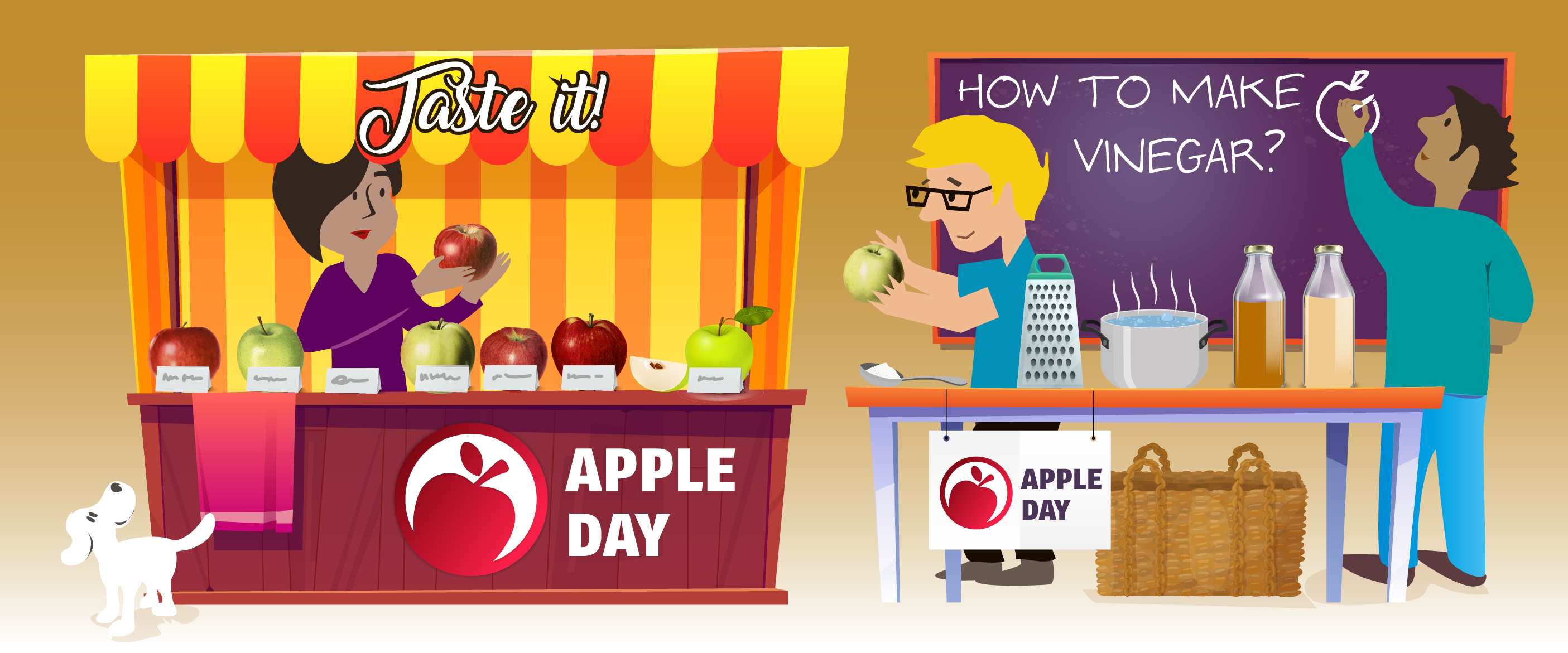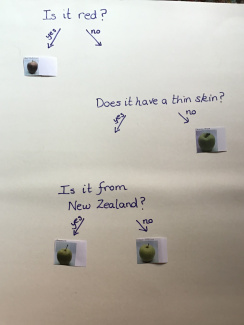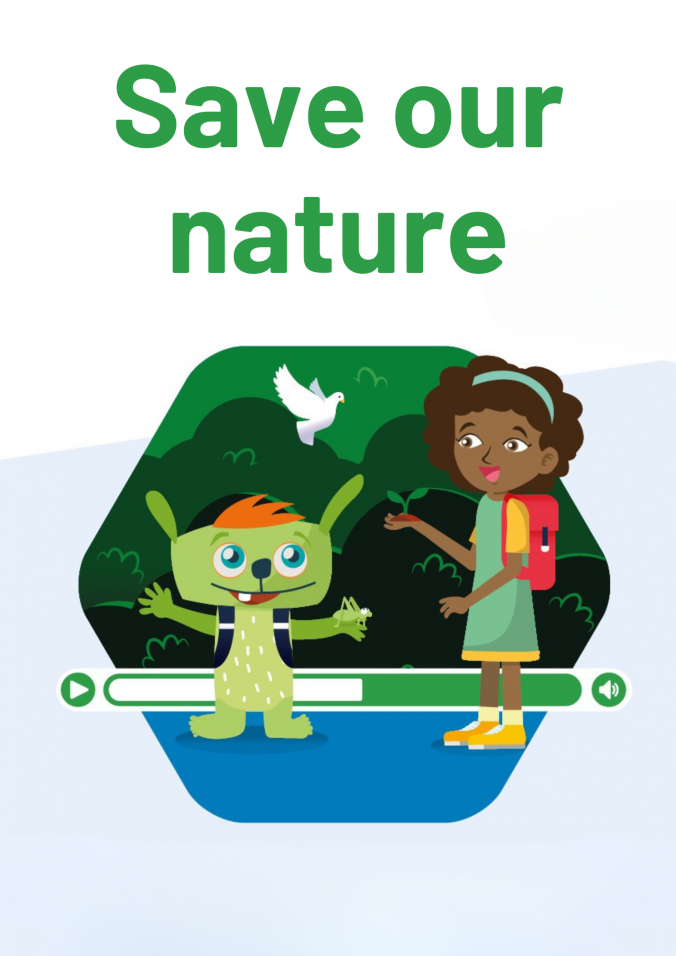Apple Tree Identification and Biodiversity

Overview
Overview
Keywords: apple varieties; biodiversity
Disciplines: biology, home economics
Age level of the students: 4-17
Time frame: dependent on the activity
Partners: the local community, local apple growers, local farmers, local supermarket
![]()
![]()
![]()
Apple tree identification
In this lesson, students look at the trees in their local area and begin to identify the different types using the shadows of the leaves.
The activity is recommended for students of 4 years and older.
Start with a motivation
- Do we have any fruit trees planted in our location?
- A collection of fruits that are grown in the local area
- To get involved with the local community, you can invite a STEM Ambassador to speak about growing fruit, such as apples, commercially.
First task for students
- Can the students identify the fruit in front of them?
- Do the students know where the fruit comes from?
- Using the tree leaf identification sheet, can the children find any of the trees? You can download the tree leaf identification sheet as a word file and as a pdf file.
Second task for students
- Students discuss the trees in the area, what types are there?
- Are they deciduous or evergreen?
- Do they grow fruit or edibles for animals?
- What do the seeds look like?
Next challenge
- Students look at internet websites and decide which fruit trees to plant in the school grounds.
- To get involved with the local community, students in the UK can contact Woodland Trust to ask for some fruit trees to plant. You can also invite a STEM Ambassador visits to plant fruit trees in school grounds.
Do all apples taste the same?
This lesson allows the students to taste apples and justify their opinions. They get to know different apple varieties with accurate observation, description and tasting.
The activity is recommended for students of 4 years and older.
Start with a motivation
- Do all apples taste the same?
- Students have a range of apples; grown locally and imported.
- They look at the similarities and differences.
- They begin to learn the names of the different types of apples.
- To get involved with the local community, lesson could be done in collaboration with local apple farms.
Task for students
- The apples are sliced and labelled.
- The students taste the apples individually and complete a chart on a worksheet. There are two versions of the apple tasting worksheet, please choose and adapt for the needs of your students:
- The first worksheet offers as set of aspects that can be compared between three apple varieties. Find it here as a word and here as a pdf file.
- The second worksheet leaves space to comment on and to rank a number of different apple varieties. Find it here as a word and here a pdf file.
After the students have investigated and tasted the various apples, they have found their favourite variety. Here are some ideas on how to proceed from there with a creative exercise.
Task for students
- Develop an advertisement for their preferred apple variety (carbon footprint, local, imported, organic, native species...)
Next challenge
- Competition of advertisement, online voting possible.
- To get involved with the local community, you can let the community vote.
- Then the students are asked to decide which apple varieties they would choose for consumption / which one they would buy in the supermarket.
How can we sort and classify apples?
In this lesson, apples are sorted and classified with students’ yes/no questions. The students produce a branch key for apples. Real apples or the pictures of apples document can be used.
The activity is recommended for students of 7 years and older.
Start with a motivation
- Ask your students the question: How can we sort and classify apples?
First task for students
Students have real apples and the apple cards. Download the cards here as a word or here as a pdf file. If it is not possible to use real apples in class, you can use only cards with the main apples available where you live and which highlight:
- size,
- colour,
- taste,
- nutrition,
- country of origin and
- interesting fact.
Second task for students
- Students are asked to sort the apples by producing a branching key. Each question the students produce will have an explicit answer and each ‘branch’ will end with a type of apple.
- A branching key starts with a student question that you can answer yes or no to.
- Students should choose 4 apples and create a yes/no question to sort the apples. The apples should then be in two groups. Students add more questions until each apple is on its own.
- Students could then add a fifth apple and sort it, adding another question. This can be repeated.

Example 1 of a branching key

Example 2 of a branching key
- A note for teachers – students will often want to restart their key when they add a new apple, this is not necessary. Teachers can either show this or let the children make the ‘mistake’ as a teaching point.
- At the end of the lesson, students will have created questions that will identify and classify the apples.
Authors of An Apple a Day Keeps the Climate Okay: Sarah Eames (GB), Renata Flander (SI), Dagmar Isheim (DE)
Share this page


